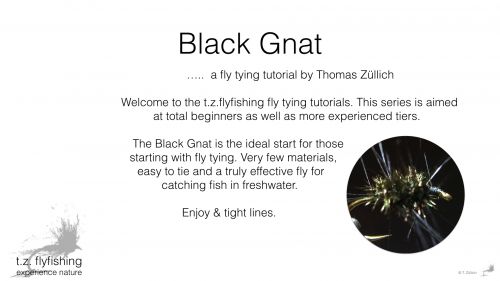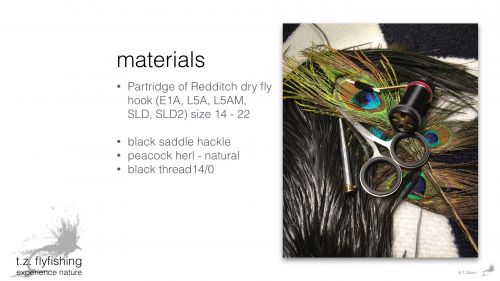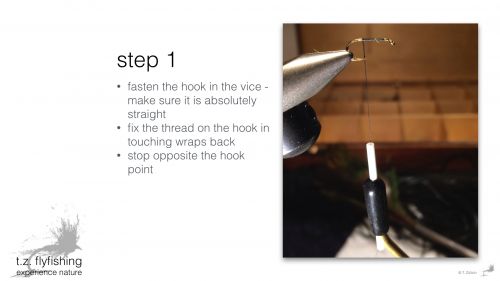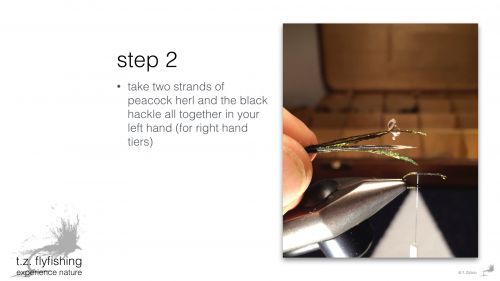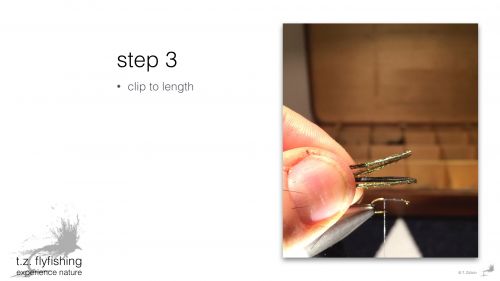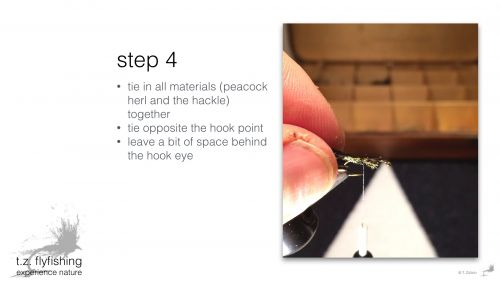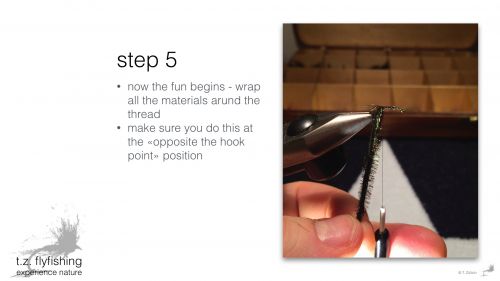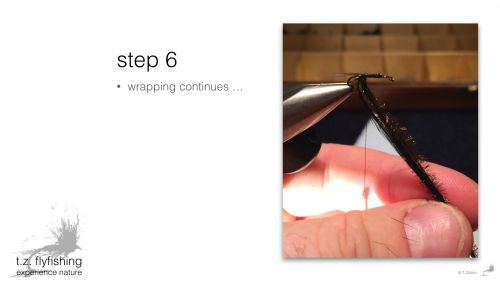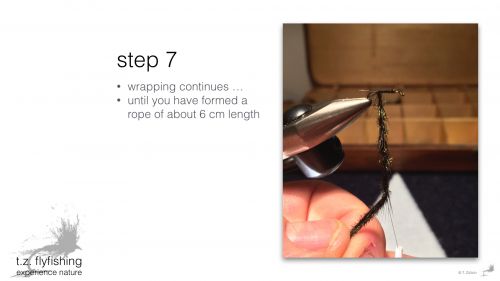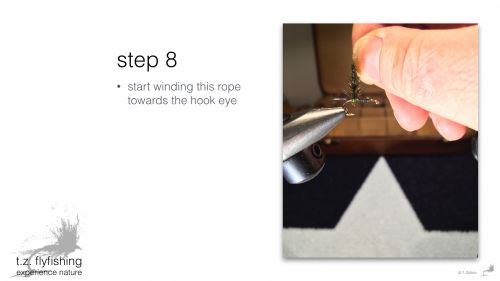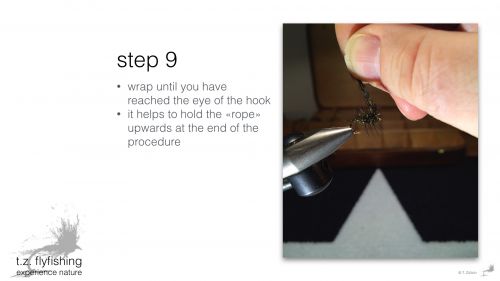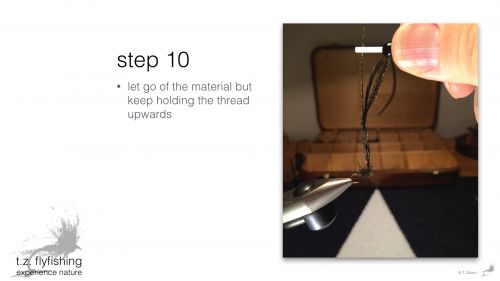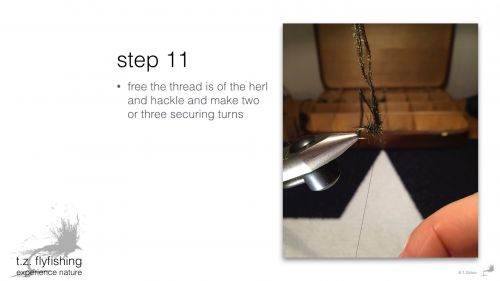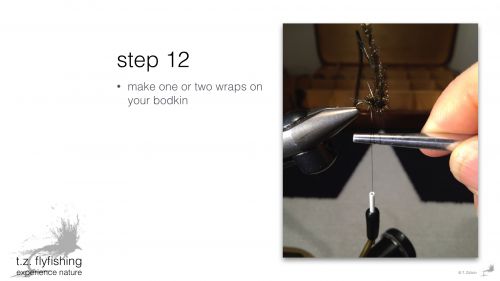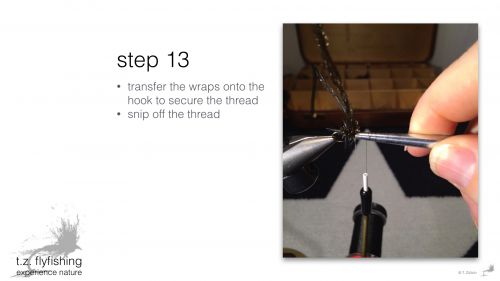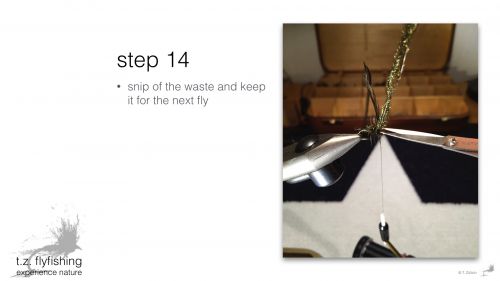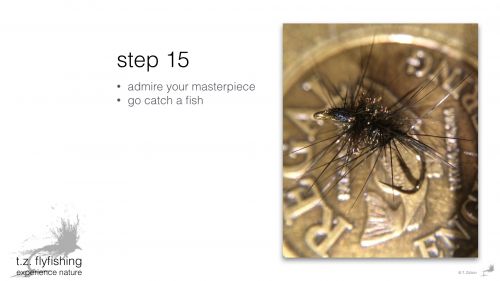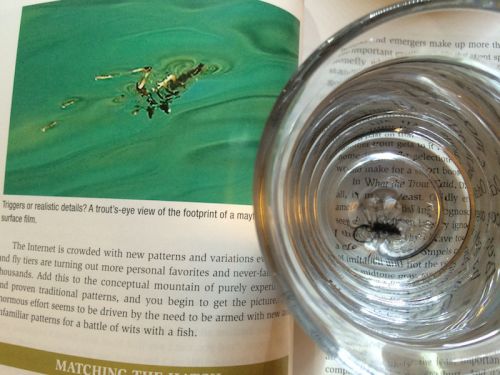t.z. | Friday, 9 June 2017
Decisions are difficult, aren´t they? Well, specifically difficult should one not have an underlying ethos. Big word - ethos. But for me it is about ethos. It´s a concept on which one should base ones decisions. A bit of philosophical thing really.
However, thinking about the underlying principles of your actions way before makes it much easier to decide on strategy. OK, big words in the context a fly fishing trip - or say adventure, but flyfishing is life and that in a nutshell.
So sit down and think about why you want to go fishing and what the goals are. Once this is firm all the tactics chosen (dry, streamer, sinking lines - heck even the backup spin rod) - are very easily waged against the underlying “ethos” you came up with for yourself.
One principles in my ethos is to actually catch fish. I have to remind myself of that every time I approach a water. You laugh now (I hope) but — how many times have you chosen a spot because it was easy to get to, easy to cast and that there were no fly eating bushes around you. How many times have you waded in without thinking about this underlying principle - catching fish?
The next thing is - which fly do you tie on - the one you made last night and therefore wanted to try it out, or did you check the hatch first?
Be honest to yourself - was it 10% of the times, 50% or maybe even 90% of the times you decided in that pattern before you made your first cast?
I leave that to the board to be discussed further …
In the meantime - tie some easy flies like the black / griffiths gnat - it pretty much always works.
link to the related discussion on the board - http://www.sexyloops.co.uk/theboard/viewtopic.php?f=14&t=2308
P.S. - So what does the pic in articles header have to do with it - I recently got myself an offroad capable motorcycle. Big enough for long travels and capable of dirt roads and such. Last week I put on nubby tyres and tested them and myself. I took a small trip to a nearby lake which is known for it´s E.Vulgata hatch. Can´t wait. So was I fishing? I quesioned myself. In a way yes as I made a plan ....
The Gnat
This fly is a very generic representation of some sort of insect lying on the water surface. Such flies are called „dry flies“ as the do not sink. At least they shouldn´t. The hackle represents legs and maybe even wings leaving an imprint on the water surfacefilm. The image below shows the fly on water.
- TIP: Have a glass of water on your tying desk for testing your flies.
The materials
Hook: A properly proportioned dry fly hook - size 22 to 14 depending on what „fish-food-item“ you intend to imitate
Underbody - peacock herl. Peacock herl is a natural material. The feathers from a peacock have a very nice dark greenish colour, very much like a blue bottle housefly. You can obtain the material in a fly shop, but it is also sold in other stores selling interior design items or DIY shops.
Hackle - There are specialized chicken farms growing animals specifically for fly tying. Unbelievable, but true. The feathers from roosters and hens are used for many fly designs and come in a myriad of colors. I mostly use black, reddish brown and a color called grizzly. The fly shown is tied with a black feather.
Why hackle?
Hackle - or hackling - I look at it as a technique to spread material around the hook so it stands off (the hook shank for example) in a say 45 to 90 degree angle.
Traditionally one uses feathers for this job. A feather normally has two parts - 1. stem and 2. fibers, which are attached to that stem.
If one winds the feather stem around a hook (or wing post in a parachute fly) the fibers do stand off. The feather or material one uses to hackle a fly is depending on the planned result. Parameters to decide on material are the overall appearance (thickness of the fibres, coloration) and stiffness.
So why is this the first fly to learn?
1. It is an amazing versatile designto start with. It works in rivers and stillwaters under many conditions.
2. You learn to perfect your tying technique - „Even pressure“. Remember?
In the last article I talked about this. Here is the text about „even pressure wraps“ again (read the whole article should you have missed it)
---- It helps to imagine the hook being in the center if the rotation (which is actually is) and rotate the thread around in 4 zones. Upwards, forward (away from yourself), downwards, backwards (towards you). It´s pretty much the same idea cyclist apply when training their leg-motion. Try to have even pressure. Play around and try to break the thread in all 4 directions (not advised with dynamo or kevlar threads) so you know how much pressure you can apply. Watch what happens to the hook as well. Try not to bend it. ----
With this fly you can practice this technique. On top you get a very usable fly as a result.
Wrapping material around the thread
This technique is ancient as fly-tying itself. Very handy to have that neat little trick up your sleeve. It looks dead simple - but there are few little obstacles to master. But as with many things in live - it is about practicing. So tie few of the little bugs and will recognize your progress.
Another method of tying this fly is to tie the peacock herl body first and than wind the hackle feather over it. Works as well, but takes way more time and the result may look neater, but is not anything as sturdy as the version shown here. It would be cool to get some feedback on how you get on with this tutorial. Use the board to post questions.
video - Konstanse tying a Black Gnat
The sexyloops fly tying focus, hosted by t.z.
The goal is to show the different approaches to fly tying around the globe
(we believe in that the world is a globe actually)
Most of the tiers will are active on the sexyloops forum - "the board" - so join the very open
and friendly club of flyfishers here on s-loops. http://www.sexyloops.co.uk/theboard
Thomas Züllich, or - “t.z.” as most call him - is a German flyfisher & flytier living in Norway. He runs a small fly shop together with his fiance Konstanse.

